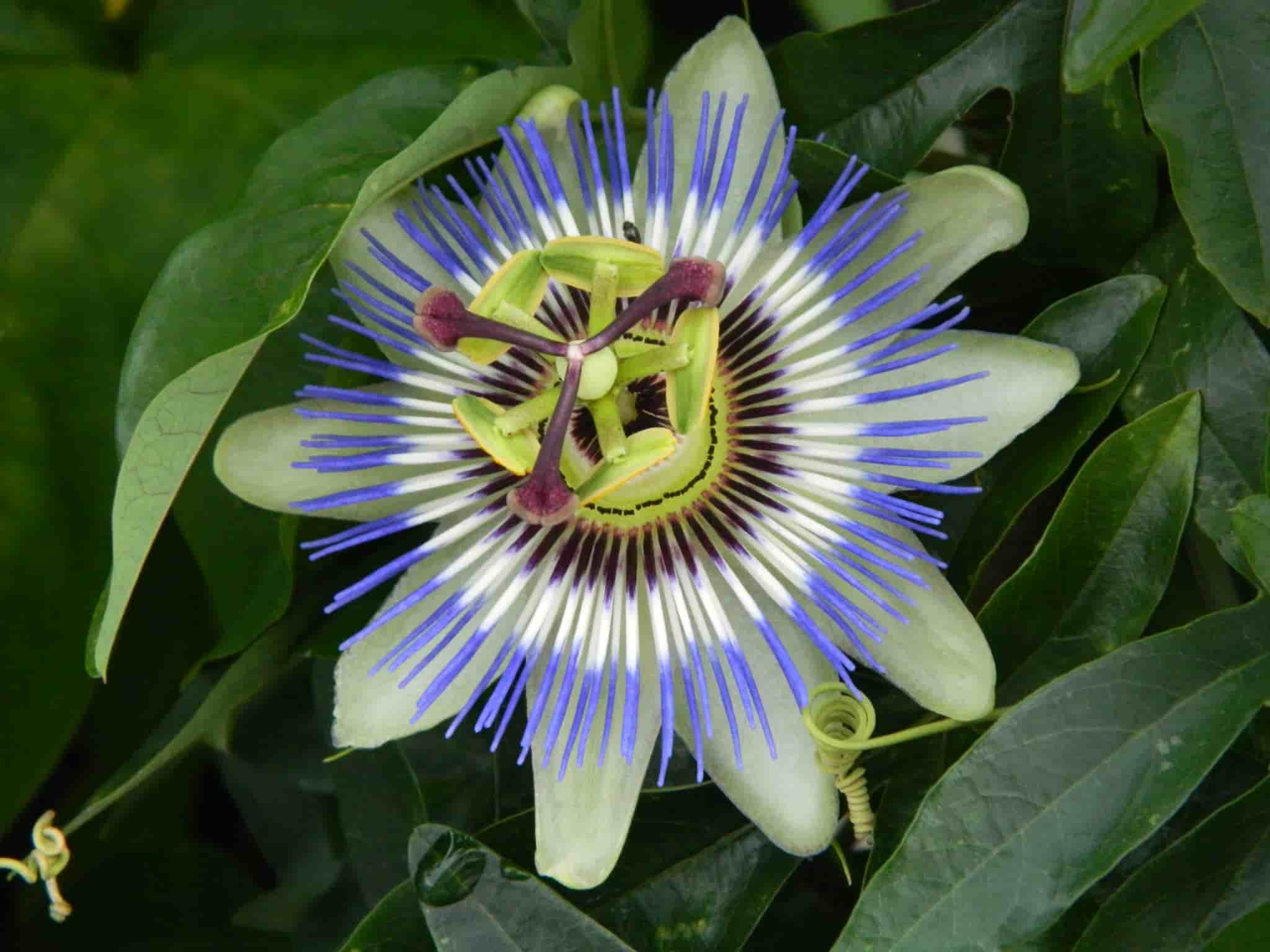
Which passionflower to plant according to your region?
Rather sensitive to cold, the passion flower can be planted in open ground in certain regions only
Contents
When discussing passionflower or Passion Flower, it is its exceptional flowering, of rare beauty, that comes to mind. Its flowers, with their astonishing architecture, display their originality right down to their stamens. More or less fragrant, these flowers come in a variety of shades, from white to purple, including violet, blue, and pink. Next, it is its exuberance and lushness that we remember. A liana with evergreen or semi-evergreen foliage, the passionflower climbs, twists, coils, and weaves through the trellis to quickly reach great heights. Finally, one cannot speak of passionflower without thinking of its fruits, sometimes edible, always decorative, which appear at the end of summer. The only fault one might find with passionflower is its sensitivity to cold. It must be said that this lovely lady is native to tropical America. However, some varieties are more hardy and can be planted in open ground in certain regions of France. We help you choose the passionflower that will fulfil your desires, no matter where you live.
You live in the Mediterranean region
Lucky you, as you enjoy a mild climate! Winters are gentle, and frosts are rare. In summer, sunshine is abundant. All weather conditions are ideal for growing passionflower outdoors. You can indulge yourself by choosing from all the varieties of passionflower, including those that are particularly frost-sensitive, knowing that the genus Passiflora includes over 500 species! However, some are more frost-sensitive than others.
Since you belong to the category of people who enjoy pleasant winters, take advantage of this to plant passionflowers outdoors that would otherwise be confined to conservatories. Thus, Passiflora ‘Victoria’ will delight you with its lovely mauve-pink flowers with a purple centre, while Passiflora allardii will offer you white flowers tinged with pink and crowned with lavender blue. These flowers also have the advantage of being highly fragrant, perfect for scenting your terrace.
If you prefer passionflowers with deeper hues, let yourself be captivated by some truly exceptional varieties: Passiflora alata produces large, bright red flowers adorned with a frizzy crown striated with white and mauve, Passiflora quadrangularis has carmine red flowers embellished with curly violet and white filaments, and Passiflora ‘Marijke’ produces magenta-purple inflorescences.
If you live on the Mediterranean coast, and if you train your passionflower against a south-facing wall, you might even try planting Passiflora edulis. This variety produces the famous passion fruits, also known as maracuja, and emits lovely fragrant white flowers. This passionflower requires well-drained soil, especially in winter, summer watering, and good winter mulching to protect it from the cold.
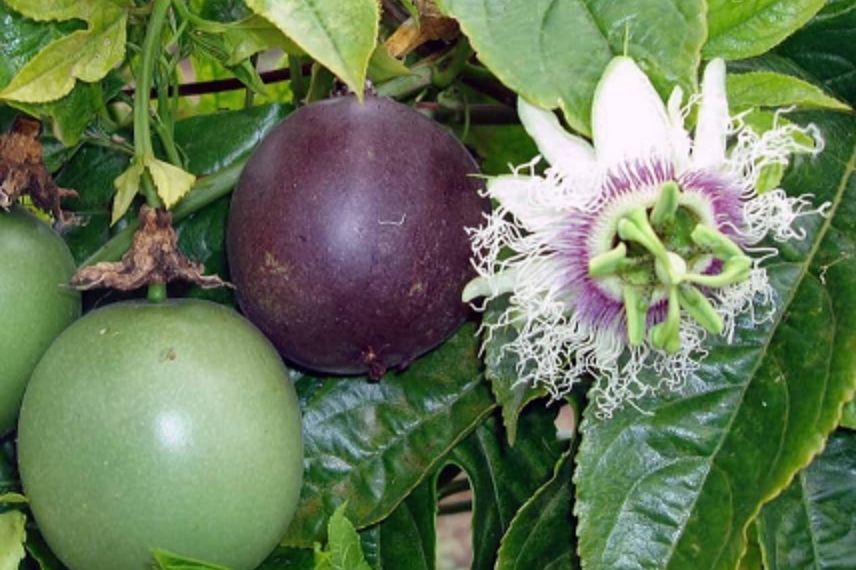
Passiflora edulis produces the famous passion fruits
You live in the south-west basin
Here again, the sun is your friend and your winters remain reasonably mild. A few light frosts may occur, but never for an extended period. As for temperatures, they rarely drop below -5°C. Some passionflowers will therefore be able to thrive in your garden, provided they are planted against a wall well-heated by the sun and especially sheltered from draughts.
Passiflora ‘Violacea’ is relatively vigorous and will offer you beautiful blue-violet flowers from June to October. Just like its white variant, Passiflora ‘Amethyst Blanche’ or Passiflora x ‘Lavender Lady’, which features an original lavender flowering.
As for Passiflora ‘Lady Betty Miles Young’, it proves to be very vigorous and highly floriferous but requires protection against harsher frosts.
For those who love rarities, set your sights on the extravagant passionflower ‘Incense’. Extravagant because it can reach 5 metres in height. But also extravagant for its highly fragrant flowers, which are 10 cm in diameter and attract attention with their deep mauve colour. These flowers are crowned with purple filaments to complete the picture. And the icing on the cake, this passionflower produces delicious fruits!
Discover other Passionflowers
View all →Available in 0 sizes
Available in 0 sizes
Available in 0 sizes
Available in 0 sizes
Available in 1 sizes
Available in 1 sizes
Available in 1 sizes
Available in 2 sizes
Available in 1 sizes
Available in 2 sizes
You live in an oceanic climate or the extreme south-west
In these regions, cold days are few, and precipitation remains frequent in winter. However, temperatures rarely drop to -10 °C.
The hardiest passionflowers can be planted in the ground, provided they are perfectly sheltered from cold winds and placed against a wall warmed by the sun’s rays. The choice expands, and the horizon opens up to passionflowers that can withstand temperatures down to -10 °C. In this regard, passionflowers of the variety Passiflora caerulea are the best equipped. They survive temperatures dropping to -10 °C, or even lower if you take the precaution of covering their base with a thick mulch. Adding to this, they can grow up to 6 metres high and are adorned with flowers approximately 10 cm in diameter, making them a popular choice.
There are many hybrids, all more beautiful than the last:
- Passiflora caerulea ‘Purple Haze’ extends up to 6 metres and produces enormous flowers with a dark purple centre and fringed blue and white petals.
- Passiflora caerulea ‘Constance Eliott’ is distinguished by its entirely white flowers tinged with ivory, adorned with purple-brown filaments.
- Passiflora caerulea Eden offers blue-violet flowers measuring 10 to 15 cm in diameter.
- Passiflora caerulea x racemosa is a hybrid resulting from the cross-breeding of two passionflower varieties, featuring soft pink flowers.
In addition to the passionflowers of the species caerulea, we can also highlight Passiflora ‘Damsel’s Delight’, a new, very vigorous hybrid with large blue flowers, 12 cm in diameter, crowned with filaments that transition from dark purple in the centre to bright blue at the tips, passing through white.
Read also
Choosing a passion flowerAnd everywhere else...
In all other regions of France, where winters can be harsher and frost periods more prolonged and severe, you will need to grow your passionflower in a pot. You will still enjoy its long summer flowering, but you will be required to winter it, ideally in an unheated conservatory or a bright frost-free room. Avoid overheated indoor environments at all costs.
If your passionflower is situated on a balcony or terrace and you do not have a conservatory or bright room to winter it, leave it outside. However, you will need to take some precautions to protect it from the cold:
- Place it against a wall sheltered from cold winds
- Wrap the pot in a thick layer of straw about fifteen centimetres thick, secured with hessian.
- Cover your passionflower with a winter fleece
- Stop watering and remove the winter fleece on sunny winter days.
As soon as the risk of frost has passed, take your passionflowers outside. In summer, a partially shaded location will suit it perfectly.
→ Feel free to check out Solenne’s text that explains How to grow a passionflower in a pot?
- Subscribe!
- Contents
































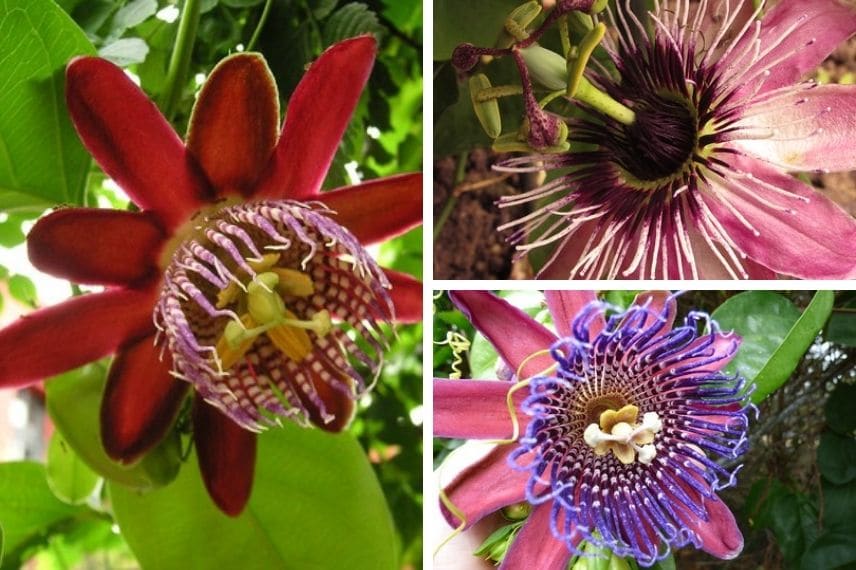
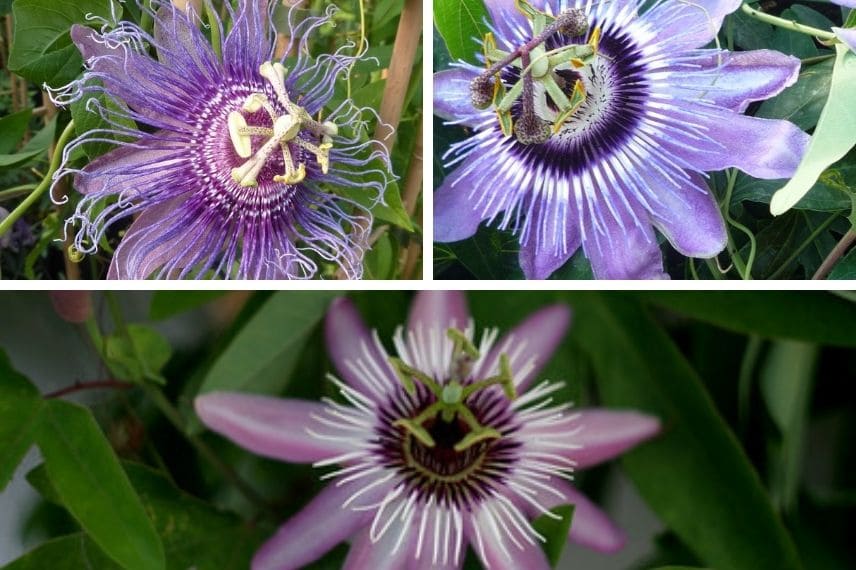
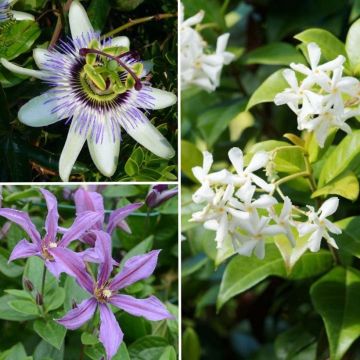

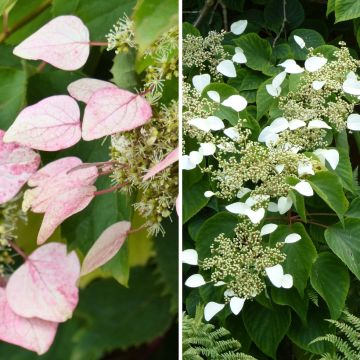

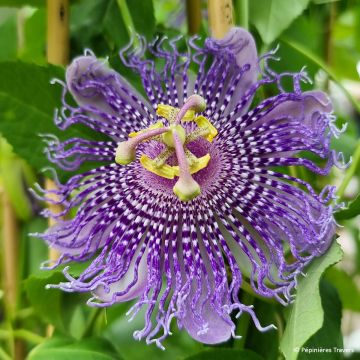


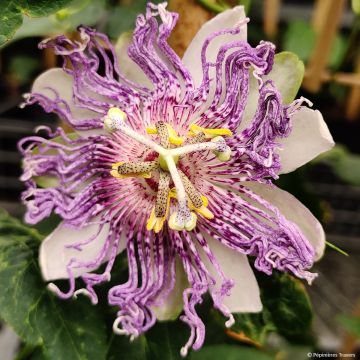
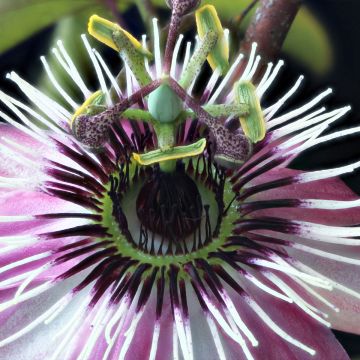

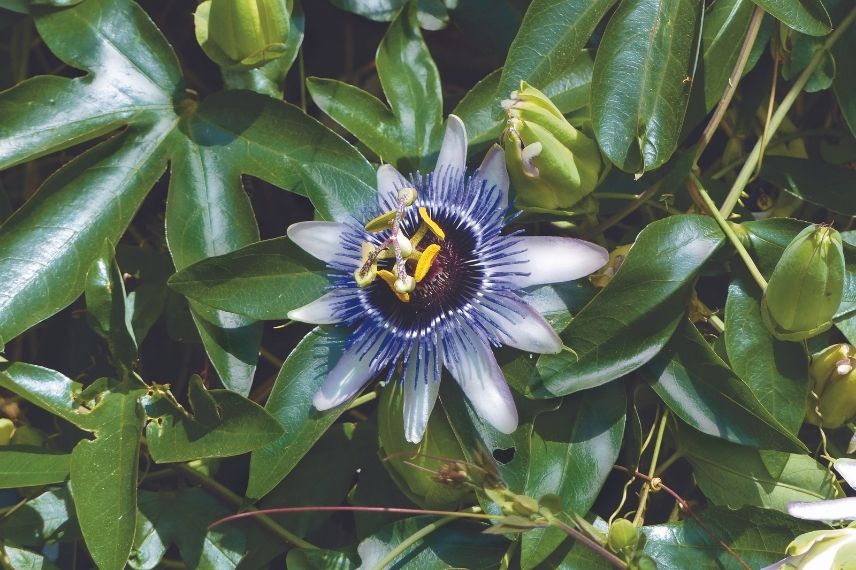
Comments